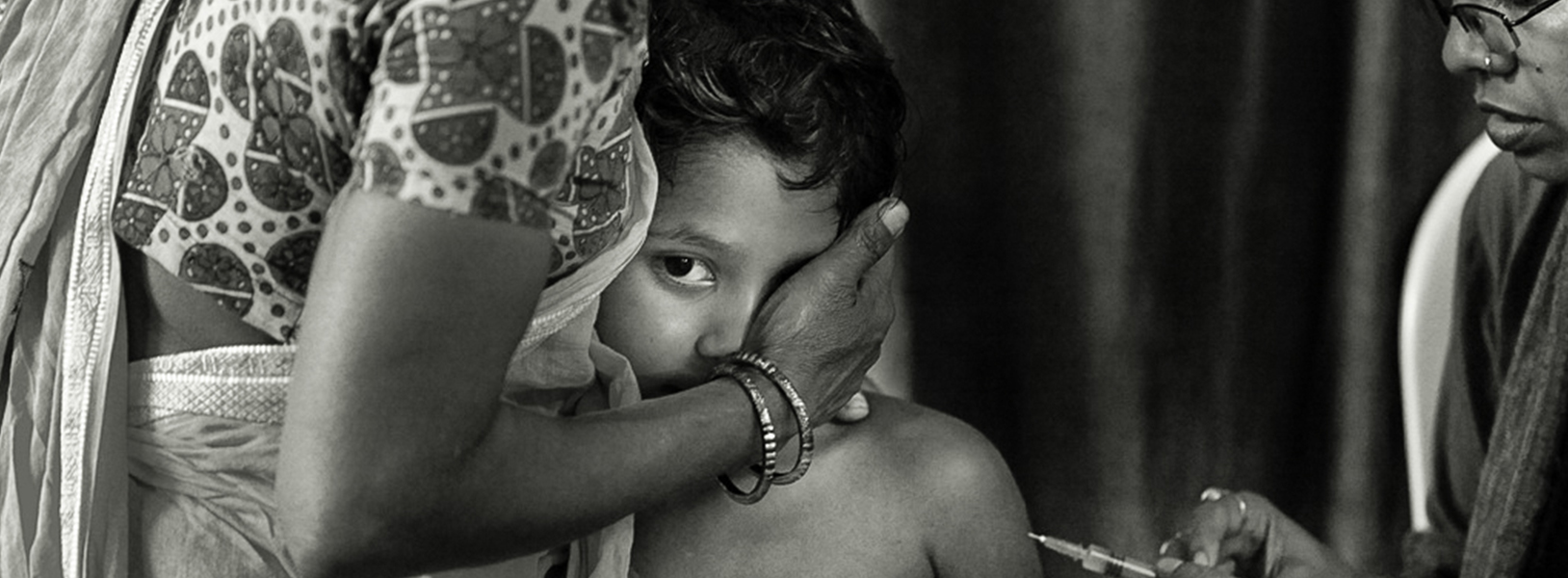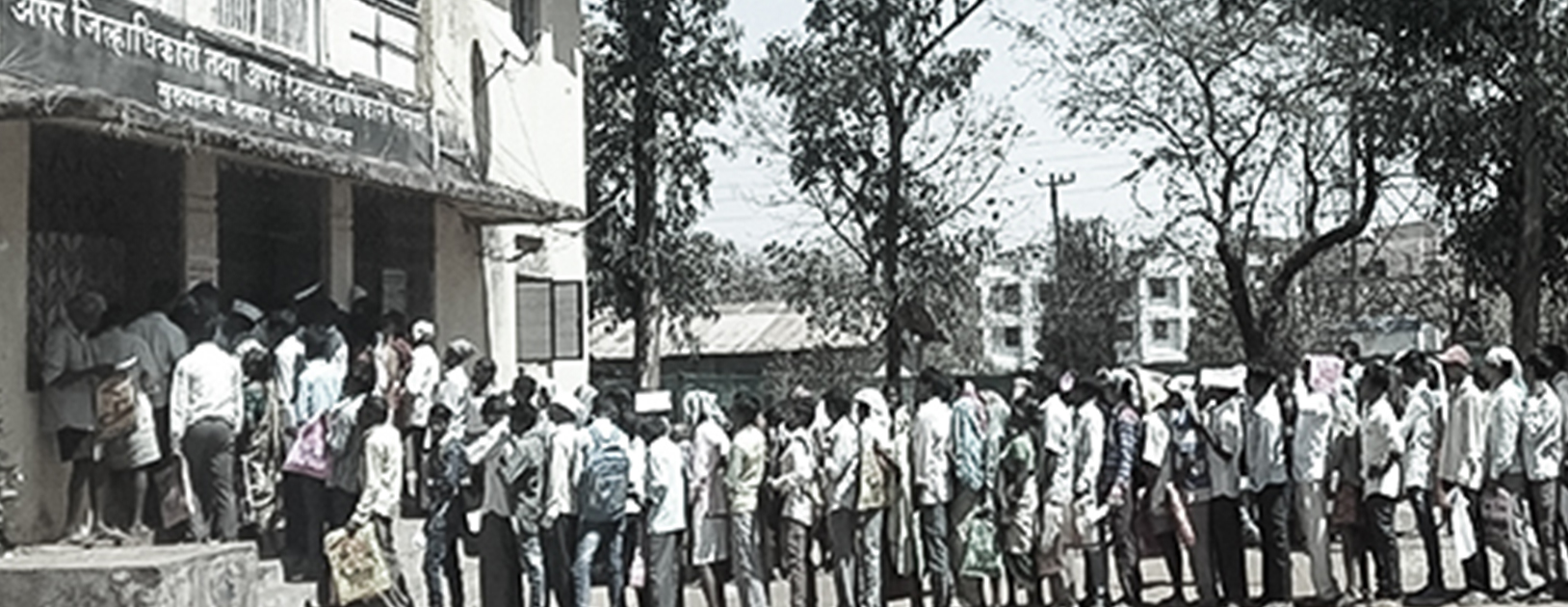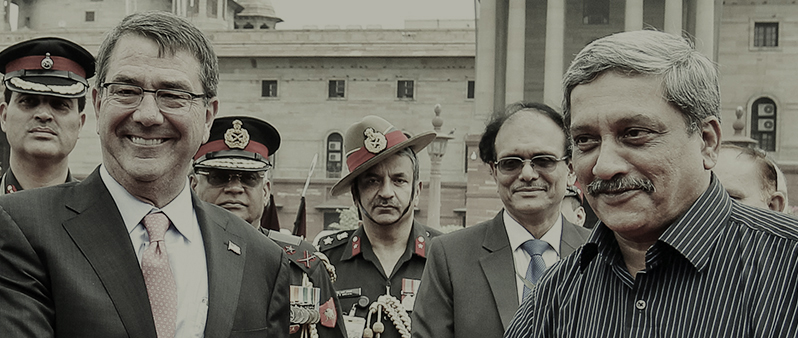
PAPER CO-AUTHORED BY JISHNU DAS
HEALTH
Health care providers without any formal training provide more than 70% of all primary care in rural India. A new study by Jishnu Das, Abhijit Chowdhury, Reshmaan Hussam and Abhijit Banerjee combines unique data from standardised patients with random assignment to a training programme conducted by The Liver Foundation in West Bengal to assess whether training can improve their quality of care. Findings of this study were published as a paper in the journal Science, titled The impact of training informal health care providers in India: A randomized controlled trial.
Why is the research important?
In many low-income countries, including India, health care providers without formal medical training account for between one-third and three-quarters of primary care visits. What should be done about such informal providers in India is a highly charged debate.
While the Indian Medical Association argues that any kind of training would legitimise an illegal activity, others believe that training can act as a stop-gap solution to rural India’s severe shortage of trained personnel and serve as an effective complement to reform in the public sector. There is currently no evidence on the benefits of training (or the lack thereof) on the quality of care provided by informal providers.
What does the research do?
When people in Indian villages fall sick, they often go to a village provider–who in many cases, has received no formal medical training. As the source of primary care, these providers are asked to provide a broad range of services. They are expected to treat patients with conditions that can be managed in a primary care setting; refer patients with serious conditions to higher level care; and diagnose and manage patients with chronic conditions.
This study was uniquely designed to assess whether a 9-month long training programme, implemented through 72 teaching sessions, would allow informal providers to improve along each of these three types of services. The research assessed:
Does training improve the ability of informal providers to correctly diagnose and manage different conditions?
Does training decrease the use of unnecessary medicines, injections and antibiotics among informal providers? The researchers were concerned that any positive effects may not be sustainable if training adversely affected the providers’ patient loads, and in turn the profitability of their practice. Hence, they also assessed how does training affect the patient load and revenues of informal providers?
How was the research conducted?
The study was completed in three phases. In the first phase, 152 informal providers were randomly selected (out of a total of 304) to participate in a training programme implemented by The Liver Foundation. The training program was implemented over 9 months in 72 classroom training sessions. The remaining 152 providers were offered training after the completion of the study and thereby served as a ‘control’ group.
In the second phase, Das et al. sent standardised patients to all providers in their sample, regardless of whether they had received training or not. The standardised patients were recruited from West Bengal. Each standardised patient was extensively trained to present one of three different conditions and all three conditions were presented to each provider to evaluate their ability to correctly diagnose and manage them.
Since the implementers of the training programme did not know what conditions the standardised patients were going to present, and therefore could not tailor the training to these conditions, the researchers interpret their results in terms of upgrading in overall skill level of the providers.
In addition, the standardised patients did not know whether the providers they visited had been trained by the Liver Foundation. Finally, standardised patients were also sent to every public clinic in the 203 villages that the informal providers came from as an additional benchmark for the effect of training. Reflecting the scarcity of trained medical professionals in the region, the study was able to locate only 11 Primary Health Care Centers in these villages, each of which we evaluated using standardised patients.
Because standardised patients allowed the study to assess care only for these three conditions and not for the multitude of cases that informal providers are asked to provide care for, in the third phase, the researchers sat in the clinics of the informal providers for a full day, recording key details of all clinical interactions.
What were the key findings?
Average attendance in the programme was 56 percent. The main reasons for non-attendance were distance from the training centre and excessive rain. The correlation between attendance and distance to the training centre suggests that if each provider could access training within 5 kilometers from his or her clinic, attendance would increase to 80 percent.
Assignment to training increased the likelihood of correct case management by 7.9 percentage points against a control group mean of 52 percent. If attendance had been 100 percent (instead of the 56 percent observed), training would have increased correct case management by 13.3 percentage points instead. The study found that providers assigned to training were more likely to complete recommended checklists of history questions and examinations, both among standardised patients and in clinical observations.
Public sector doctors were 14.7 percentage points more likely to correctly manage a case than untrained informal providers. Training closed half the gap in correct case management relative to the public sector.
However, there was no decline in the use of unnecessary medicines, antibiotics or injections among providers who were trained. Strikingly, both trained and untrained informal providers were less likely to give unnecessary medicines and antibiotics relative to doctors in the public sector.
The training increased the patient load of the provider. Although the study did not experiment with providers’ willingness to pay for the programme, it computed that the increased revenue would compensate for the cost of training within 66 days if the research used the higher end of its patient load estimates, or 210 days if it used the lower end of its patient load estimate.
Interpreting the findings:
Informal providers are the mainstay of India’s primary care system. The study demonstrates that training informal providers does not worsen care, as has been argued by representatives of the Indian Medical Association. In contrast, it found that training improves their ability to correctly diagnose and manage multiple conditions and although it does not reduce their likelihood of providing unnecessary medicines or antibiotics, it doen’t increase it either. The low costs of training imply that permanently hiring just 11 additional fully trained MBBS providers into the public sector would be as costly as training 360 informal providers every year through this programme.
The full paper can be found here, subject to user access.




